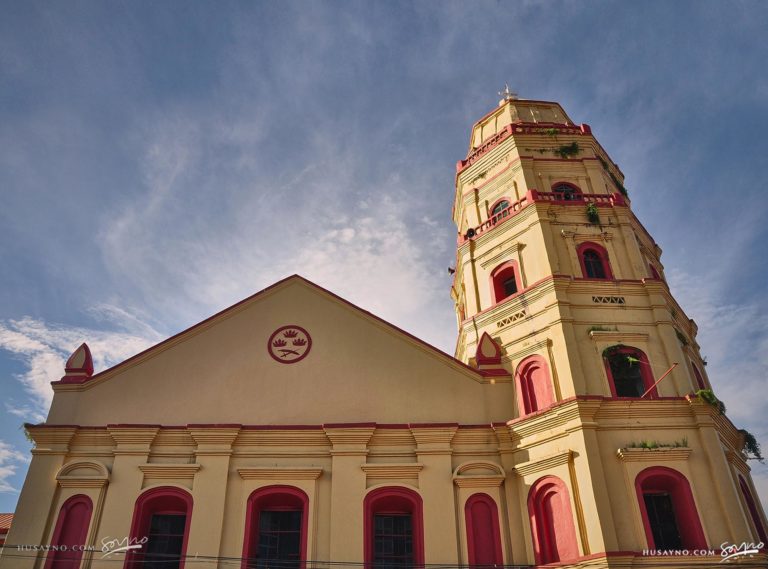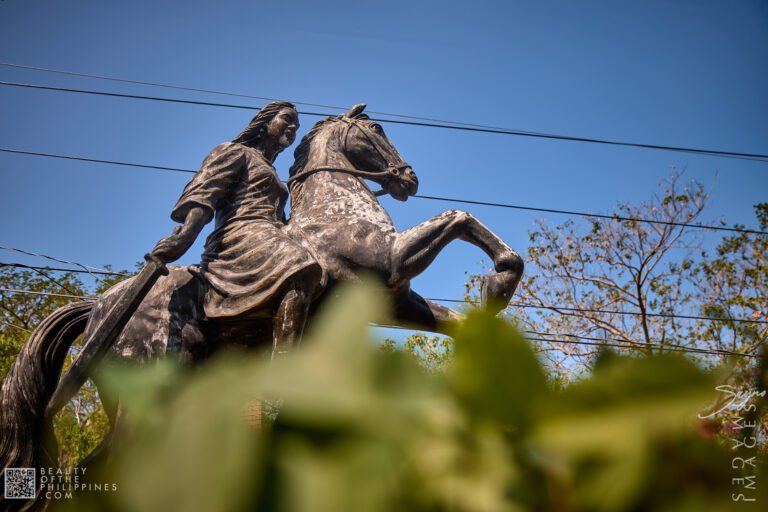
Tondol Beach: Discovering the Pristine Beauty of Anda Island in Pangasinan
Anda Island, also known as Cabarruyan, stands gracefully within the Pangasinan Province, adjacent to the renowned Hundred Islands. As one of the largest islands in
Let’s clear this up right away. Pangasinan is that underrated province up in Northern Luzon that people often pass through on their way to Baguio or Ilocos. But here’s the thing — it’s not just a stopover. Pangasinan has its own brand of magic, a mix of powdery beaches, ancestral churches, coastal cuisine, and quiet towns with stories to tell. Located along the Lingayen Gulf and the West Philippine Sea, it’s blessed with natural beauty and historical depth that runs deep.
Ask anyone about Pangasinan, and chances are they’ll mention the Hundred Islands National Park in Alaminos. To be fair, it’s the poster child of the province — and for good reason. Imagine over a hundred islets (yes, they counted — it’s 124 at low tide) scattered across aquamarine waters. You can kayak, snorkel, cliff dive, or just chill on Governor’s Island, where you get the best panoramic view. Honestly, it’s like Pangasinan’s own version of a tropical maze.
If you’re chasing sunsets and salty hair vibes, Bolinao will wreck your heart in the best way. Think white sand beaches like Patar, dramatic rock formations at Cape Bolinao, and the old Bolinao Lighthouse, still standing proud since 1905. Don’t miss Enchanted Cave — yes, it’s touristy, but swimming inside a natural cave pool? Still a win. Plus, the town keeps its charm low-key, and that’s part of its appeal.
Lingayen, the provincial capital, has a little bit of everything. There’s the Lingayen Beach, wide and wind-swept, perfect for long introspective walks or family picnics. But here’s what makes it special — this was a key landing site during World War II when Allied forces returned to liberate Luzon. Check out the Pangasinan Provincial Capitol, often praised as one of the most beautiful in the country, and the Veterans Memorial Park, which adds a layer of historical weight to your visit.
Now let’s talk food. Dagupan City is the self-proclaimed Bangus Capital of the Philippines — and frankly, it deserves the title. Grilled, rellenong bangus, bangus sisig, you name it. But beyond the fish, the city has a laid-back charm and a river system that’s perfect for scenic boat rides, especially around Barangay Calmay. Visit during the Bangus Festival in April — it’s a street party with grills stretching longer than your patience (in a good way).
Let me explain: Pangasinan isn’t all about beaches. Its spiritual side runs deep. Take the Minor Basilica of Our Lady of the Rosary of Manaoag — a national pilgrimage site. People travel hours just to light candles and say a prayer here. Then there’s the St. James the Great Parish in Bolinao and St. Peter the Martyr Parish in Sual — both historical churches that date back to Spanish times, with heavy stone walls that echo the past.
Okay, we already raved about the bangus. But try Pigar-Pigar in Dagupan — deep-fried beef and onions served sizzling hot, best eaten on a plastic table on a busy street corner. Also look for kaleskes (think offal soup with a distinct Pangasinan kick), tupig (grilled rice cake wrapped in banana leaf), and binungey (sticky rice cooked inside bamboo).
Driving through Pangasinan feels like flipping through a scrapbook of landscapes. From Anda (a lesser-known beach haven) to the rolling hills of San Fabian, and even the cool mountain air of Malico in San Nicolas — the province is rich in side trips that reward the curious. And for those into waterfalls, Tara Falls in Burgos and Antong Falls in Sison are worth the short hikes.
Here’s the truth — Pangasinan is the kind of place that slowly grows on you. It doesn’t shout for attention, but it offers generous beauty, warm people, and a mix of coast, culture, and countryside that’s hard to fake. It’s a destination where your itinerary doesn’t need to be jam-packed — you just let the days unfold.
The best time to visit Pangasinan is during the dry season, from November to May. That’s when the skies are clearer, the seas are calmer, and road trips are a whole lot smoother — though truth be told, it’s still a great destination year-round if you keep an eye on typhoon forecasts. Getting there is relatively easy. If you’re coming from Manila, expect a road trip that takes about five to six hours by car, depending on traffic and which part of the province you’re headed to. For a more laid-back option, several bus lines offer daily trips to key towns and cities. As for what to pack — keep it simple but smart. Bring swimwear for all the beach stops, comfortable shoes for light hikes or market strolls, plenty of sunscreen, a wide-brimmed hat for those sunny afternoons, and of course, come with a solid appetite. Pangasinan’s food alone is a trip worth taking.

Anda Island, also known as Cabarruyan, stands gracefully within the Pangasinan Province, adjacent to the renowned Hundred Islands. As one of the largest islands in

Historically known as the co-cathedral of the Roman Catholic Archdiocese of Lingayen-Dagupan, the enormous Lingayen Cathedral or Parish Church of Epiphany of Our Lord has

The Currimao Watchtower in Ilocos Norte is a historic Spanish-era structure built to guard against pirate invasions. Situated along the scenic coastline, this coral-stone watchtower

The Gabriela Silang Memorial Shrine, located in Sitio Pideg, Magsaysay, Santa, Ilocos Sur, is a poignant tribute to one of the Philippines’ most celebrated heroines.

When Candon City brought its “Ikkis ti Candon” float to Luneta for the 2025 Araw ng Kalayaan celebration, it wasn’t just joining a national parade—it was putting

The Lingayen Beach is a public beach in Pangasinan Province, and is famous for hosting a Pista’y Dayat festival once every Labor Day. It has
EXPLORE MORE ABOUT THE
Philippines
BROWSE BY CATEGORIES